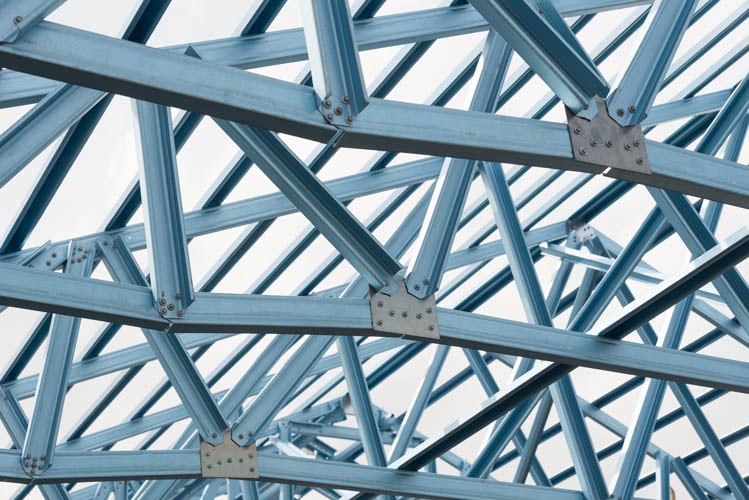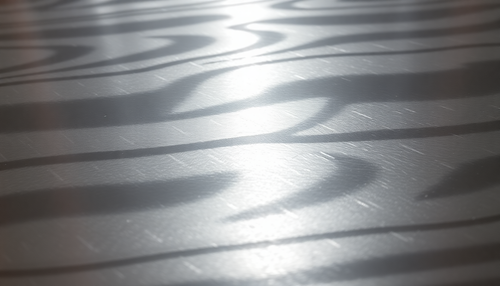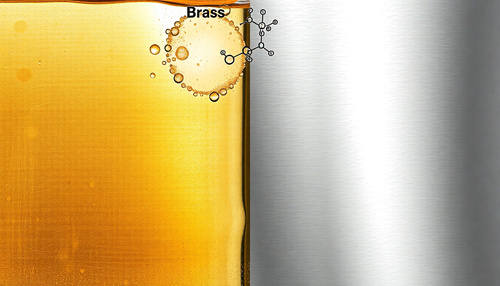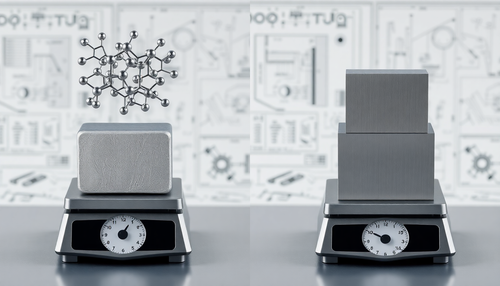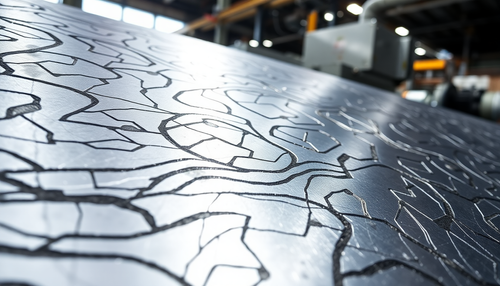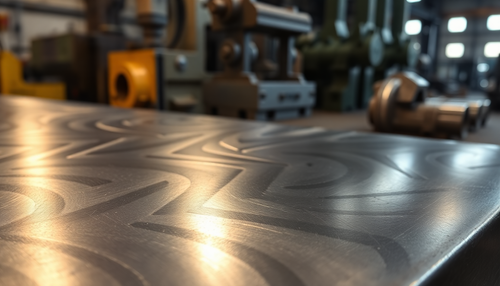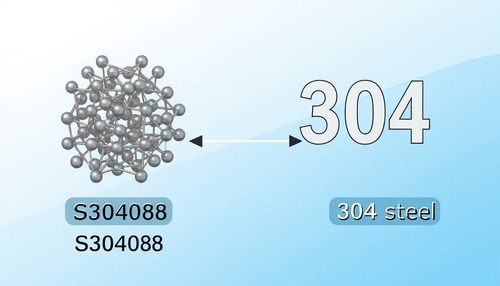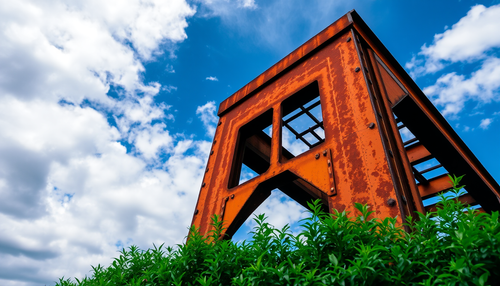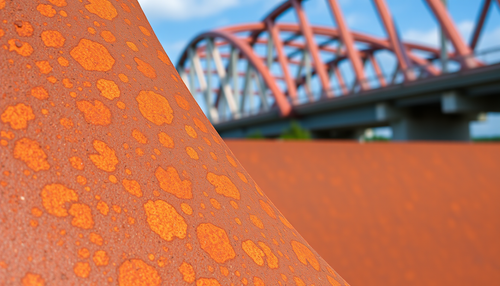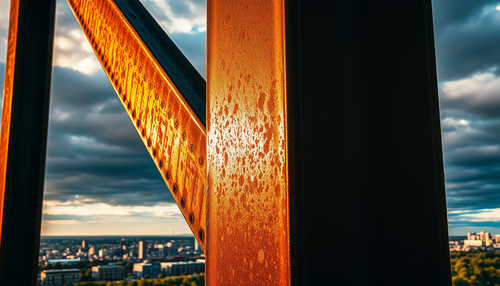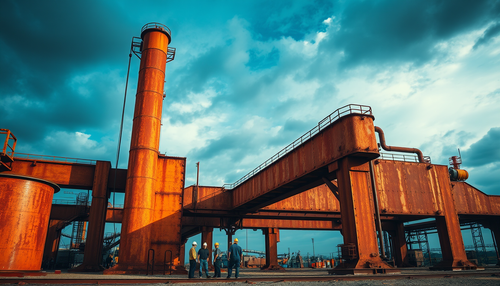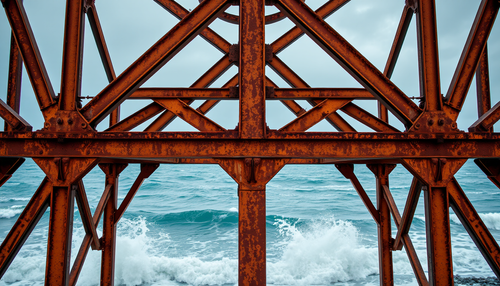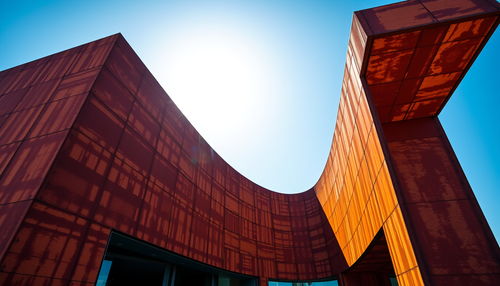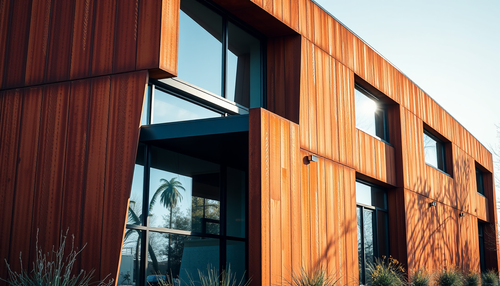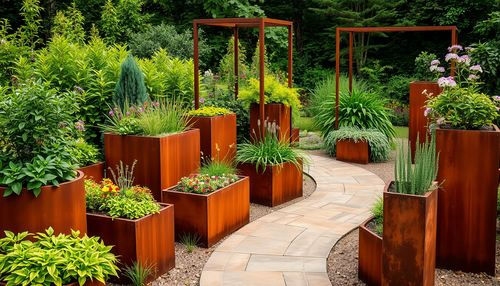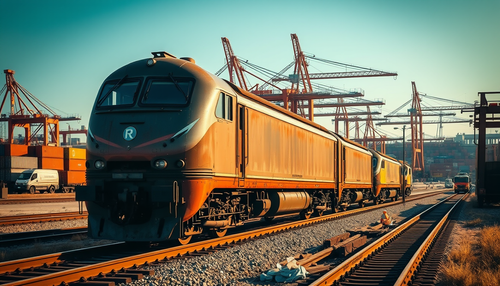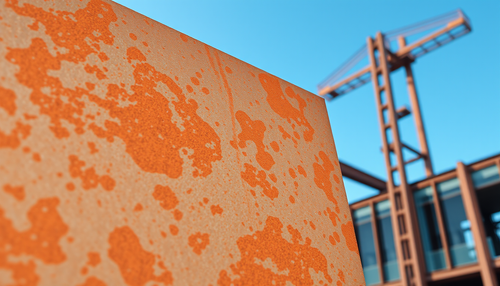
Exploring Galvanized Steel: Processes and applications
Galvanized steel plays a crucial role in numerous industries due to its robustness and resistance to corrosion, essential characteristics for the longevity of products. This article explores the various categories and types of galvanized steel, providing an in-depth understanding of their applications and advantages, and analyzing how they fit into specific project requirements and industrial innovation.
What is Galvanized Steel?
Galvanization refers to the process by which steel is coated in zinc to prevent corrosion. The most common method is hot-dip galvanizing, where the steel is dipped in molten zinc. This layer of zinc protects the steel from moisture and oxygen, elements that cause rust.
Types of Galvanized Steel
Galvanized steel is classified primarily based on the galvanizing process used and the weight of the zinc coating applied. Here are the main types of galvanized steel that are commonly used in various industries:
Types of Galvanization and Their Processes
-
Hot Dip Galvanizing
- What it is: This is the most common galvanizing process, used to coat steel or iron parts with zinc. Hot-dip galvanizing is often used in applications that require robust corrosion protection, such as outdoor structures and marine environments.
- Process: The steel is meticulously cleaned and then immersed in a bath of molten zinc at approximately 450°C. The high temperature causes a metallurgical reaction to occur between the zinc and the steel, forming several layers of zinc-iron alloys on top of which a layer of pure zinc forms. This coating provides a durable barrier against corrosion.
-
Electrogalvanization
- What it is: Also known as electroplating, this technique is used to apply a thin, uniform layer of zinc to steel. It is commonly used for parts that require a good surface finish and protection against corrosion, but which are not exposed to severe environmental conditions.
- Process: Steel is placed in an electrolyte solution containing zinc ions and is used as the cathode. An electric current is applied, causing zinc ions to deposit on the surface of the steel, forming a thin, adherent layer. This method allows precise control of coating thickness.
-
Mechanical Galvanization
- What it is: Mechanical galvanizing is a method that uses physical impact or rotation to coat small parts with zinc. It is often chosen for small parts, such as screws and fasteners, that need uniform coating and are subject to mechanical wear.
- Process: The pieces are placed in a drum together with zinc powder and glass or ceramic spheres. The drum is then rotated, causing the parts to be repeatedly bombarded with zinc powder and beads, which causes the zinc to adhere to the surface of the parts. This process creates a protective layer without the need for heat or electrical current.
These methods are the most common, each with its advantages and suitability for different types of applications and industrial requirements. There are other less common galvanizing methods that complement the main processes already mentioned. Let's explore each of them:
Other Galvanizing Methods
-
Sherardization
- What it is: Sherardizing is a galvanizing process that coats steel with zinc in a zinc dust environment without using a bath of molten zinc. It is suitable for small parts such as fasteners, hardware and components used in moderate corrosive conditions.
- Process: The steel parts are placed in a rotating drum together with zinc powder and sand, heated to a temperature below the melting point of zinc (about 300-430°C). The rotation of the drum causes zinc vapor to diffuse into the steel parts, forming a layer of zinc-iron alloy. This coating is quite uniform and has good adhesion.
-
Thermal Spray Galvanizing (Metalizing)
- What it is: This method involves spraying molten zinc onto the surface of the steel. It is used in large structures, such as bridges and transmission towers, that cannot be easily immersed in a zinc bath.
- Process: Zinc is melted and atomized into fine particles through a thermal spray gun that uses compressed gas or an electric arc to create a flame or arc. The zinc particles are then projected onto the surface of the steel, where they solidify to form a coating layer.
-
Galvannealing
- What it is: Galvannealing is a process that combines galvanizing and annealing. It is generally used on sheet steel products that require subsequent painting, such as automotive components and construction products.
- Process: Steel sheets are first hot-dip galvanized. They are then heated in an annealing furnace where the zinc and iron layers interact to form a zinc-iron alloy layer on the surface. This results in a coating that is excellent for painting as it offers a more uniform and adherent surface.
-
Cold Dip Galvanizing (Passivation)
- What it is: It is not a galvanizing process in the traditional sense, but it is often classified as such. Passivation involves applying a solution containing zinc salts that react with the iron surface to form a protective layer.
- Process: The steel is dipped or sprayed with a zinc phosphate or chromate solution. This solution chemically reacts with the base metal to form a thin layer of zinc phosphate or chromate that protects against corrosion.
These additional methods provide diverse options for anti-corrosion treatment of steel in a variety of industrial applications and environmental conditions. Each process has its specific advantages and is chosen based on performance needs and project characteristics.
Each of these types has specific characteristics that make them suitable for different applications, from construction and automotive manufacturing to marine and industrial applications. The choice of the type of galvanized steel will depend on the environment in which it will be used and the physical properties desired for the project.
Main uses and forms of Galvanized Steel
Galvanized steel is ubiquitous, found in buildings, infrastructure, automobiles and even renewable energy equipment. Its applications range from the construction of metallic structures to automotive components and solar panels, demonstrating its adaptability and efficiency.
Galvanized steel is a popular choice in many industries due to its durability and corrosion resistance. Let's explore its main uses and forms:
Main uses of Galvanized Steel
-
Construction
- Metal Structures: Used in beams, columns, and trusses to offer a robust structure that resists the elements.
- Roofs and Facades: Galvanized steel panels are used for roofing and cladding of buildings, providing protection and aesthetics.
- Ventilation and Air Conditioning Systems: Galvanized steel ducts are common due to their resistance to oxidation.
-
Infrastructure
- Bridge and Highways: Guardrails, traffic signs and lighting supports are often manufactured from galvanized steel to resist environmental corrosion.
- Utilities: Power transmission towers and telephone poles use galvanized steel for longevity and strength.
-
Automotive
- Body Components: Many interior and exterior vehicle components are made from galvanized steel to prevent rust and increase durability.
- Chassis and Vehicle Frames: The resistance of galvanized steel makes it ideal for structural parts of vehicles.
-
Renewable energy
- Support Structures for Solar Panels: Galvanized steel is used to construct durable supports for solar installations, resisting corrosion caused by outdoor exposure.
- Wind Turbine Towers: The strength and corrosion protection of galvanized steel are advantageous for wind turbine towers that face harsh weather conditions.
-
Agriculture
- Equipment and Facilities: Grain storage structures, greenhouses and fences are often made of galvanized steel to withstand prolonged exposure to humid and corrosive environments.
-
Industrial equipment
- Machines and Components: Many industrial machines and mechanical parts are manufactured with galvanized steel to prevent corrosion and extend the life of the equipment.
Galvanized Steel Shapes
Galvanized steel can be found in several forms, suitable for different applications:
- Sheets and Panels: Flat or profiled, used in construction, vehicle and equipment manufacturing.
- Tubes and Conduits: Used in plumbing installations, cable routing and support structures.
- Wires and Meshes: Used in fences, nets and other types of security barriers.
- Structural Profiles: Include beams, channels and custom shapes for construction and infrastructure. The versatility of galvanized steel, combined with its corrosion resistance, makes it a preferred choice in many industries, ensuring safety, durability and cost-effectiveness.
Advantages of Galvanized Steel
The main advantage of galvanized steel is its low initial cost-benefit compared to other treated steels, in addition to its durability and exceptional resistance to corrosion. Galvanized steel can last decades without significant maintenance, especially in controlled environments, making it ideal for use in locations exposed to harsh weather conditions.
Diversity of coatings and classes
There are several grades of galvanized steel, such as G30, G40, G60, and G90, indicating the amount of zinc applied during the galvanizing process. These different classifications help consumers choose the appropriate type for their specific projects depending on the level of exposure to corrosive elements.
The diversity of coatings and grades of galvanized steel is essential to meet different corrosion resistance needs in different environments. Classes, such as G30, G40, G60, and G90, refer specifically to the weight of zinc applied to the surface of the steel during the galvanizing process. This grammage is measured in grams per square meter (g/m²) of zinc deposited on each side of the steel sheet.
Coating Process
- G30 : This is the entry grade for galvanized steel, offering a thinner layer of zinc. The G30 has approximately 0.30 oz/ft² (91.44 g/m²) of zinc coating in total on both sides, making it suitable for indoor environments or where there is minimal exposure to corrosive agents.
- G40 : With a slightly thicker coating, G40 provides about 0.40 oz/ft² (122 g/m²) of zinc. This level is more resistant to corrosion and is common in exterior residential construction and HVAC components.
- G60 : G60 is an intermediate grade that offers better corrosion protection with 0.60 oz/ft² (183 g/m²) of zinc. It is often used in commercial construction and weather-exposed components.
- G90 : For highly corrosive environments, G90 is ideal with 0.90 oz/ft² (274 g/m²) zinc. It is commonly specified for exterior use, including roofs, siding, and fences that require high corrosion resistance.
Technical Applications
Each grade of galvanized steel is chosen based on the application and anticipated usage environment. For example, G90 is often used in coastal environments where salt and moisture pose a significant corrosion risk. G60 may be sufficient for less exposed areas, while G30 and G40 may be suitable for interiors or applications with lower risks of exposure to moisture and corrosive substances.
This classification helps engineers, builders and designers specify the correct type of galvanized steel to ensure durability and effectiveness in combating corrosion, thus optimizing the cost-benefit of the project.
Does galvanized steel rust?
Galvanized steel is designed to resist corrosion very effectively, thanks to the zinc coating that is applied to the steel. This coating acts as a protective barrier that prevents moisture and corrosive elements from coming into direct contact with the steel, which would normally cause rust.
However, galvanized steel can eventually begin to rust if the zinc coating becomes damaged or wears away over time. This may occur due to prolonged exposure to harsh environmental conditions, mechanical damage, or erosion of the coating. Once the underlying steel is exposed, it can begin to oxidize, which results in rust.
So, although galvanized steel is highly resistant to rust, it is not completely rustproof, especially if the protective coating is compromised.
How durable is galvanized steel?
The durability of galvanized steel can vary considerably depending on several factors, including the quality of the zinc coating, the environment in which it is used, and how it is maintained. Under ideal conditions, with a good coating and in less aggressive environments, galvanized steel can last 50 years or more without significant maintenance.
The environment plays a crucial role in determining the longevity of galvanized steel. For example:
- In rural environments , where exposure to pollutants and salt is minimal, galvanized steel can have an extremely long lifespan.
- In urban environments , the presence of industrial pollutants and vehicle exhaust gases may slightly reduce the life of the coating.
- In harsh industrial environments or coastal areas with high salt exposure, zinc corrosion can occur more quickly, shortening the life of galvanized steel.
The thickness of the zinc coating also directly influences longevity. Galvanized steels rated G90, for example, have a thicker coating compared to those rated G30, which generally translates into greater corrosion resistance and a longer service life.
Keeping galvanized steel free of debris and periodically cleaning it to remove salt deposits or pollutants can also help extend its lifespan.
Concluding
Galvanized steel is an exceptionally versatile and durable material that is essential to many industries due to its ability to withstand harsh environments. Understanding the variations in galvanizing types and processes allows engineers and designers to choose the most suitable material for their needs, optimizing both project efficiency and costs.
Want to learn more about how galvanized steel can benefit your next project? Comment below with your questions or experiences related to the use of galvanized steel in various industrial fields. Let’s explore together best practices and innovations in using this versatile material!

